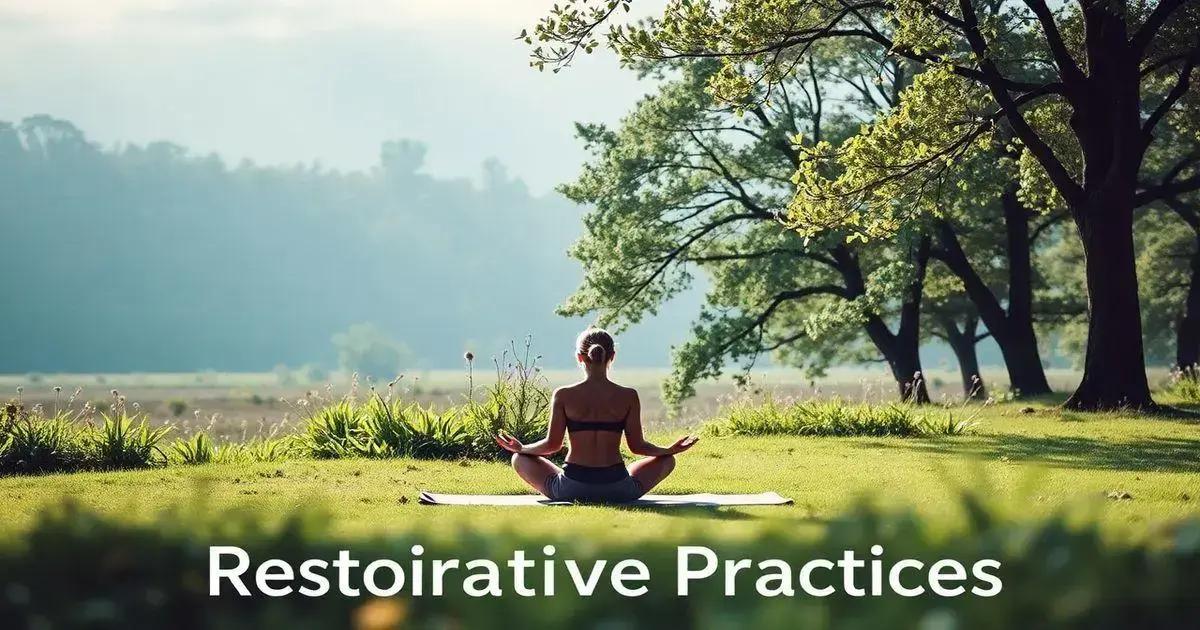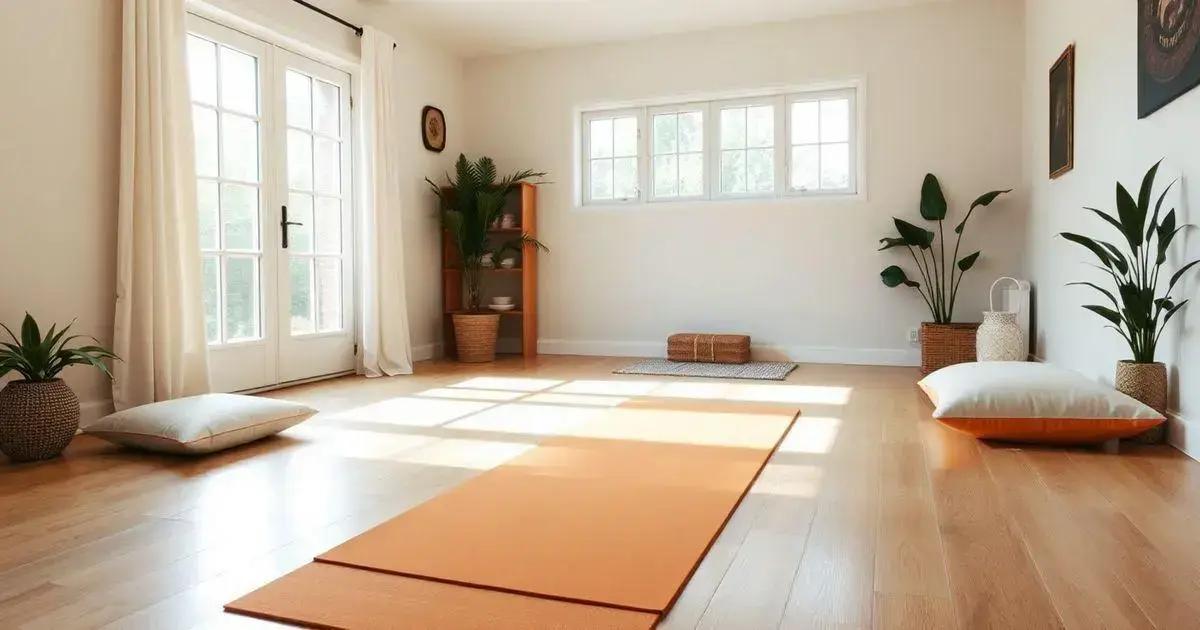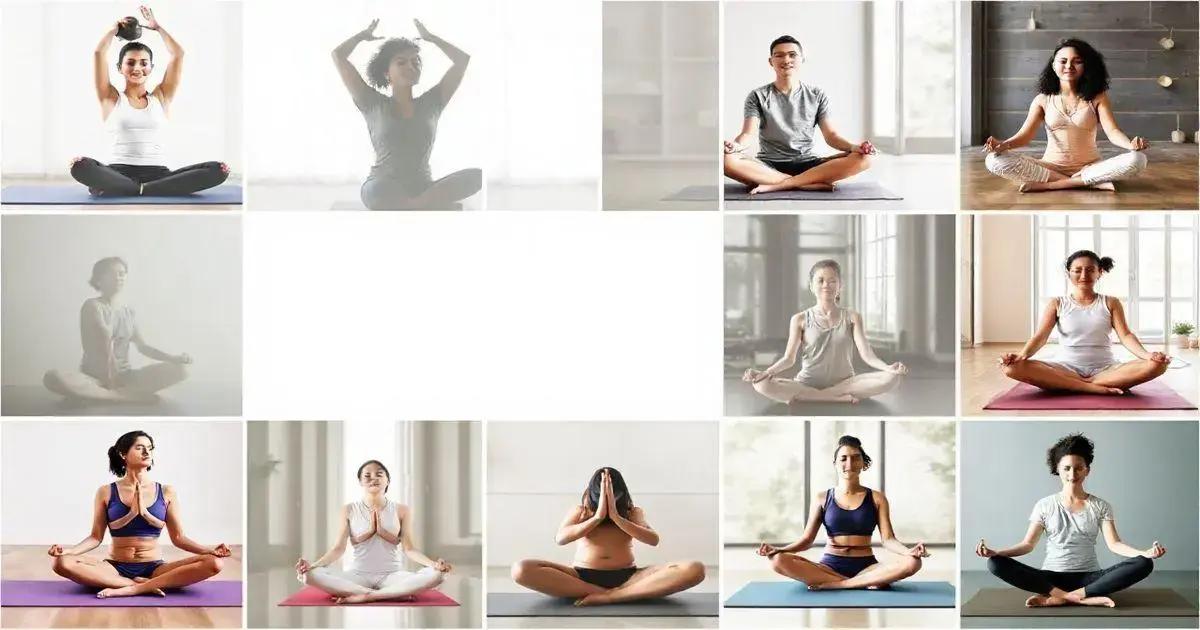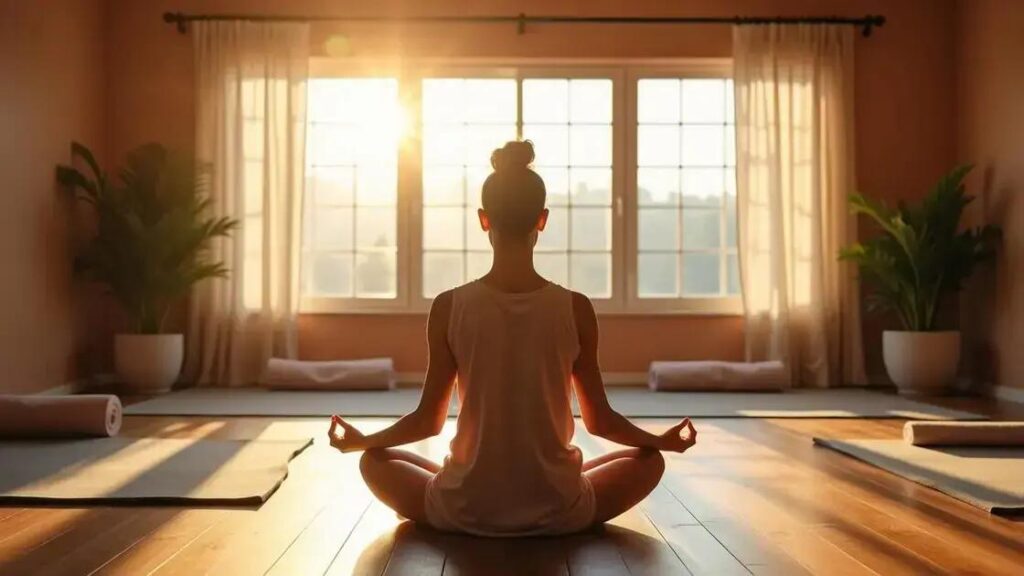The importance of restorative practices like yoga and meditation is evident in their ability to enhance mental clarity, reduce stress, and promote overall well-being. By incorporating these techniques into daily routines, individuals can experience significant benefits, including improved emotional resilience and physical health.
In today’s fast-paced world, stress and anxiety have become overwhelming for many individuals. The importance of restorative practices like yoga or meditation cannot be overstated in this context. These practices serve as a sanctuary for the mind and body, offering profound benefits to those who embrace them. Whether you’re looking to improve your mental health, reduce stress, or simply find a moment of peace in a chaotic day, integrating yoga and meditation can lead to transformative changes in your life. In this article, we will delve into the various aspects of restorative practices, including their benefits, how to incorporate them into your routine, and inspiring real-life stories of individuals who have experienced positive transformations.
Understanding Restorative Practices

Understanding restorative practices involves recognizing methods that help to restore balance and promote well-being. These practices focus on healing the mind and body, emphasizing relaxation and mindfulness. They encourage a deep connection between the individual and their inner self, enabling personal growth and emotional regulation.
What are Restorative Practices?
Restorative practices include various techniques such as yoga, meditation, and deep-breathing exercises. They aim to alleviate stress, improve mental clarity, and cultivate a sense of peace. By engaging in these practices, individuals can reflect on their thoughts and emotions, which contributes to overall mental health.
The Role of Mindfulness
At the core of restorative practices is the concept of mindfulness. Mindfulness encourages individuals to be present in the moment, allowing thoughts and feelings to arise without judgment. This can lead to a deeper understanding of oneself and greater resilience in facing daily challenges.
How They Differ from Other Practices
Unlike other physical activities that may promote fitness or productivity, restorative practices emphasize rest and recovery. They provide a safe space for individuals to unwind and recharge, focusing on the emotional aspects of healing rather than physical exertion.
Integrating restorative practices into your routine can foster a sense of tranquility and well-being, paving the way for more fulfilling life experiences.
Benefits of Yoga and Meditation

The benefits of yoga and meditation are vast, impacting both mental and physical health positively. Engaging in these practices can lead to improved concentration, better sleep quality, and reduced anxiety.
Enhancing Mental Clarity
One of the key benefits is enhanced mental clarity. Yoga and meditation help to clear the mind of distractions. They train individuals to focus on the present moment, which can improve memory and decision-making skills.
Reducing Stress
These practices are also effective for reducing stress. Deep-breathing exercises and mindful movements promote relaxation, helping to lower cortisol levels in the body. This soothing effect can have a significant impact on overall emotional well-being.
Improving Physical Health
Besides mental benefits, yoga and meditation can improve physical health. These practices enhance flexibility, strength, and balance. Regular engagement can alleviate chronic pain and enhance overall body function.
Building Emotional Resilience
Furthermore, yoga and meditation foster emotional resilience. They encourage individuals to process their emotions and develop coping strategies. This leads to a more balanced response to life’s challenges.
Incorporating yoga and meditation into a daily routine can create a foundation for a healthier, happier lifestyle.
How to Incorporate These Practices

Incorporating yoga and meditation into your daily life can be simple and rewarding. Here are practical steps to help you start.
1. Set a Schedule
Begin by choosing a specific time each day to practice yoga or meditation. Consistency is key, so try to stick to this schedule. Morning sessions can energize your day, while evening practices can help you unwind.
2. Create a Dedicated Space
Having a quiet, inviting space at home can enhance your practice. Use a corner of your room and add cozy elements like mats or cushions. Ensure the area is free from distractions.
3. Start with Short Sessions
As a beginner, start with short sessions. Aim for 5 to 10 minutes, gradually increasing to 20 or 30 minutes as you become more comfortable. This makes it easier to stick to your practice.
4. Use Guided Resources
Consider using apps or online videos for guidance. There are many resources available that can help you learn the basics of yoga poses and meditation techniques. They can provide structure to your practice.
5. Join a Class
Look for local yoga or meditation classes. Joining a community can motivate you and enhance your understanding. Instructors can offer valuable tips and support as you learn.
By following these steps, you can successfully integrate yoga and meditation into your daily routine, reaping the benefits of these restorative practices.
Real-Life Success Stories

Real-life success stories show how yoga and meditation can change lives. Many individuals have shared their experiences with these restorative practices.
Case 1: A Corporate Executive
One corporate executive, facing daily stress and burnout, decided to try yoga and meditation. After a few weeks of practicing regularly, they reported feeling more focused at work and less overwhelmed by responsibilities. Their productivity increased, and they noticed a positive shift in their mood.
Case 2: A Student’s Journey
A high school student struggling with anxiety began incorporating meditation into their routine. By committing to just 10 minutes of mindfulness each day, the student found it easier to manage stress before exams. They shared that this practice improved their concentration and even enhanced their grades.
Case 3: A Retired Veteran
A retired veteran, dealing with PTSD, turned to yoga as a way to heal. The combination of physical activity and mindfulness helped them process their emotions and find peace. After several months, they expressed feeling more in control and began participating in community yoga classes to inspire others.
Case 4: A Busy Mom
A mother of three found it hard to find personal time. By integrating meditation into her morning routine, she created a space for herself. This practice allowed her to reset each day, reducing feelings of being overwhelmed and helping her enjoy family moments more fully.
These stories illustrate how yoga and meditation can provide significant benefits in different areas of life. Each individual discovered their unique path to healing and balance through restorative practices.
Embracing Restorative Practices for a Healthier Life
The importance of restorative practices, such as yoga and meditation, cannot be overstated. They offer valuable benefits that enhance mental clarity, reduce stress, and promote physical health.
Through understanding these practices, incorporating them into daily routines, and hearing real-life success stories, it becomes clear how accessible and transformative yoga and meditation can be.
By dedicating time for self-care, individuals can experience profound changes in their lives. As more people embrace these practices, the collective benefits can lead to a healthier society overall.
In a world filled with challenges, incorporating restorative practices like yoga and meditation may be the key to achieving balance and well-being.
FAQ – Frequently Asked Questions about Restorative Practices
What are restorative practices?
Restorative practices are techniques that focus on emotional and physical well-being, including yoga and meditation.
How can yoga and meditation benefit me?
Yoga and meditation can enhance mental clarity, reduce stress, improve physical health, and build emotional resilience.
How do I start incorporating yoga and meditation into my routine?
Begin by setting a schedule, creating a dedicated space, starting with short sessions, and using guided resources.
Are there any success stories related to yoga and meditation?
Yes, many individuals, including corporate executives, students, veterans, and busy parents, have experienced significant positive changes through these practices.
Is it necessary to join a class to practice yoga and meditation?
No, while joining a class can provide guidance, you can also practice at home using apps and online resources.
How long should I practice yoga and meditation each day?
Start with 5 to 10 minutes daily and gradually increase to 20 or 30 minutes as you become more comfortable.













